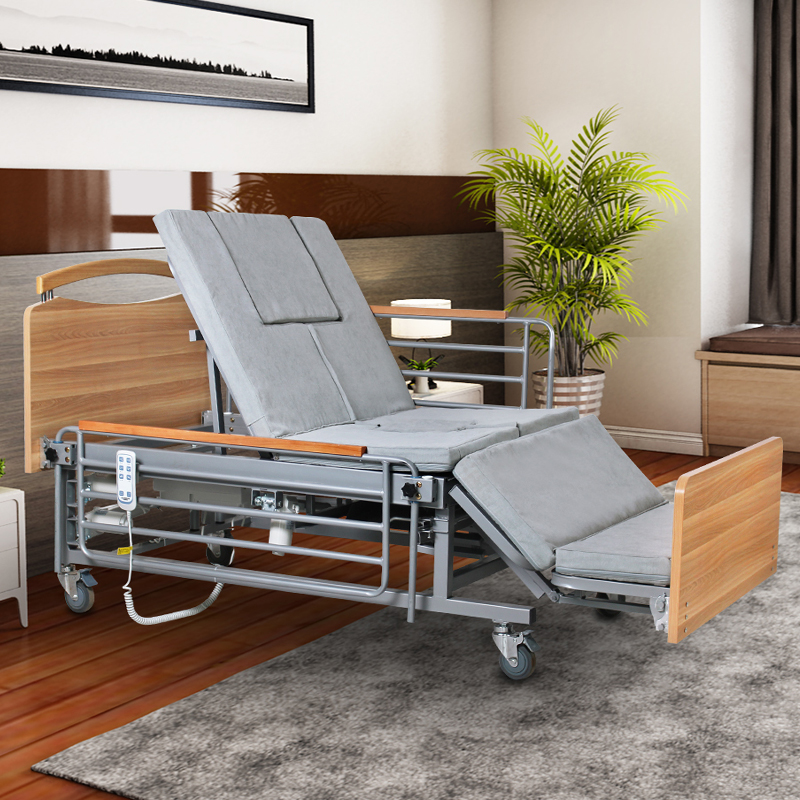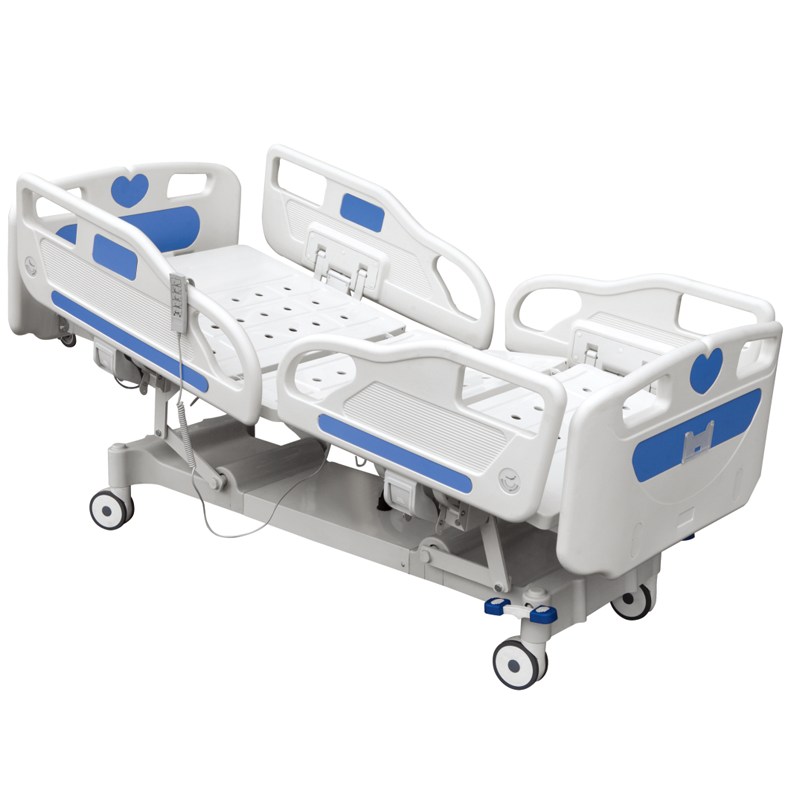Products
Products
solution and support
solution and support
contact
Contact
Nursing bed industry development trends and key technology analysis
TIME : 2024/1/2 8:39:43
Abstract:
As the global aging trend intensifies, the demand for nursing beds continues to grow. This article deeply explores the development trends of the nursing bed industry and provides a detailed analysis of key technologies, aiming to provide valuable reference information for companies and researchers in the industry.
1. Development background of the nursing bed industry
As the global population ages, the demand for medical care equipment is growing. As an important part of medical equipment, the market demand for nursing beds has also shown a steady upward trend. This is mainly due to the advancement of medical technology, the improvement of people's health awareness and the strengthening of society's care for the elderly population.

2. Development trends of the nursing bed industry
Intelligentization: With the development of Internet of Things, big data and AI technology, nursing beds are becoming more and more intelligent. For example, some advanced nursing beds already have functions such as automatic bed height adjustment, back massage, and urine collection. In addition, through connection with smart devices, family members and medical staff can remotely monitor the patient's condition and adjust the care plan in a timely manner.
Personalization and customization: Because patients have different needs, the design of nursing beds increasingly focuses on personalization and customization. Companies can provide customized nursing bed solutions based on patients' specific needs, such as height, weight, disease status, etc.
Green and environmental protection: As society pays increasing attention to environmental protection issues, the nursing bed industry is also actively exploring green and environmentally friendly materials and technologies. For example, some new nursing beds use recyclable materials, low-energy motors, etc., aiming to reduce the impact of products on the environment.
3. Analysis of key technologies of nursing beds
Electric adjustment technology: Through advanced electric adjustment technology, the nursing bed can automatically or manually adjust the bed angle, height, etc., to provide patients with a more comfortable bed experience. In addition, electric adjustment technology can also reduce the work intensity of medical staff and improve work efficiency.
Pressure distribution technology: In order to reduce the risk of pressure ulcers caused by long-term bed rest, nursing beds use a variety of pressure distribution technologies. Such as smart sensing, air bags, etc., these technologies can effectively disperse the pressure on the body contact surface and improve patient comfort.
Remote monitoring technology: Through connection with smart devices, remote monitoring technology can monitor patients’ vital sign data in real time, such as heart rate, respiratory rate, etc. This data can be fed back to medical staff in a timely manner so that they can make accurate diagnosis and treatment plans.

Information management technology: The connection between the nursing bed and the hospital information system (HIS) can realize data sharing, storage and analysis. Medical staff can use this data to understand changes in patients' conditions and develop more precise care plans. In addition, information management technology can also improve the hospital's operational efficiency and management level.
4. Conclusion
With the continuous development of science and technology and society's continued attention to health issues, the nursing bed industry is facing huge development opportunities and challenges. Enterprises should keep up with market demand and technological trends, strengthen investment in R&D and innovation, and provide more high-quality, efficient and personalized nursing bed products and services. At the same time, we also need to pay attention to environmental protection and sustainable development issues and promote the green development of the industry.






